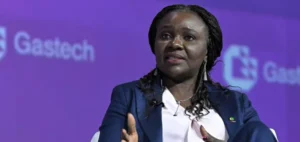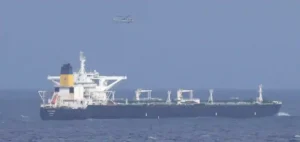The member countries of OPEC+ have announced an extension of their oil production cuts until March 2025. This decision, made during a videoconference meeting, reflects a cautious strategy to stabilize prices amid a sluggish economic context. Initially, these cuts, amounting to 2.2 million barrels per day, were planned to be lifted gradually starting in January 2025. However, the timeline will now span 18 months, ending in September 2026.
Jorge Leon, an analyst at Rystad Energy, believes this cautious approach indicates that OPEC+ might consider adjusting its policies if market conditions remain unfavorable. Saudi Arabia, Russia, and other major producers such as Iraq and the United Arab Emirates play key roles in this decision, although some members have expressed a desire to increase production.
Economic Context and OPEC+ Strategy
Since 2022, oil prices have struggled to stabilize, fluctuating around $70 per barrel. This situation is concerning for countries like Saudi Arabia, which relies on oil revenues to fund programs such as Vision 2030. The International Energy Agency (IEA) estimates that even with current OPEC+ cuts, global supply could exceed demand in 2025.
Despite OPEC+ efforts, some countries like Iraq and Kazakhstan have been criticized for exceeding their production quotas. Both nations have had to submit adjustment plans to comply with the cartel’s targets.
Internal Tensions and Compromise
The United Arab Emirates, which had secured a production increase for 2025, will have to wait until April to see its quotas revised. Although it already exceeds its authorized limit, a compromise was reached to avoid fractures within the alliance. This consensus reflects the members’ aim to maintain the relevance of the oil industry amidst global energy transitions.
Furthermore, Saudi Crown Prince Mohammed bin Salman recently visited the UAE, highlighting the importance of regional cooperation.
Geopolitical Uncertainties
The potential return of Donald Trump to the U.S. presidency in January 2025 could also influence OPEC+ strategy. U.S. policies on the Middle East, sanctions against Iran, and relations with Russia and China remain critical variables for the oil market.
During this meeting, it was also decided to extend the two other tranches of production cuts until the end of 2026, in addition to the 2.2 million barrels currently under focus. The next OPEC+ meeting is scheduled for May 28, 2025, where further adjustments could be considered depending on market developments.






















